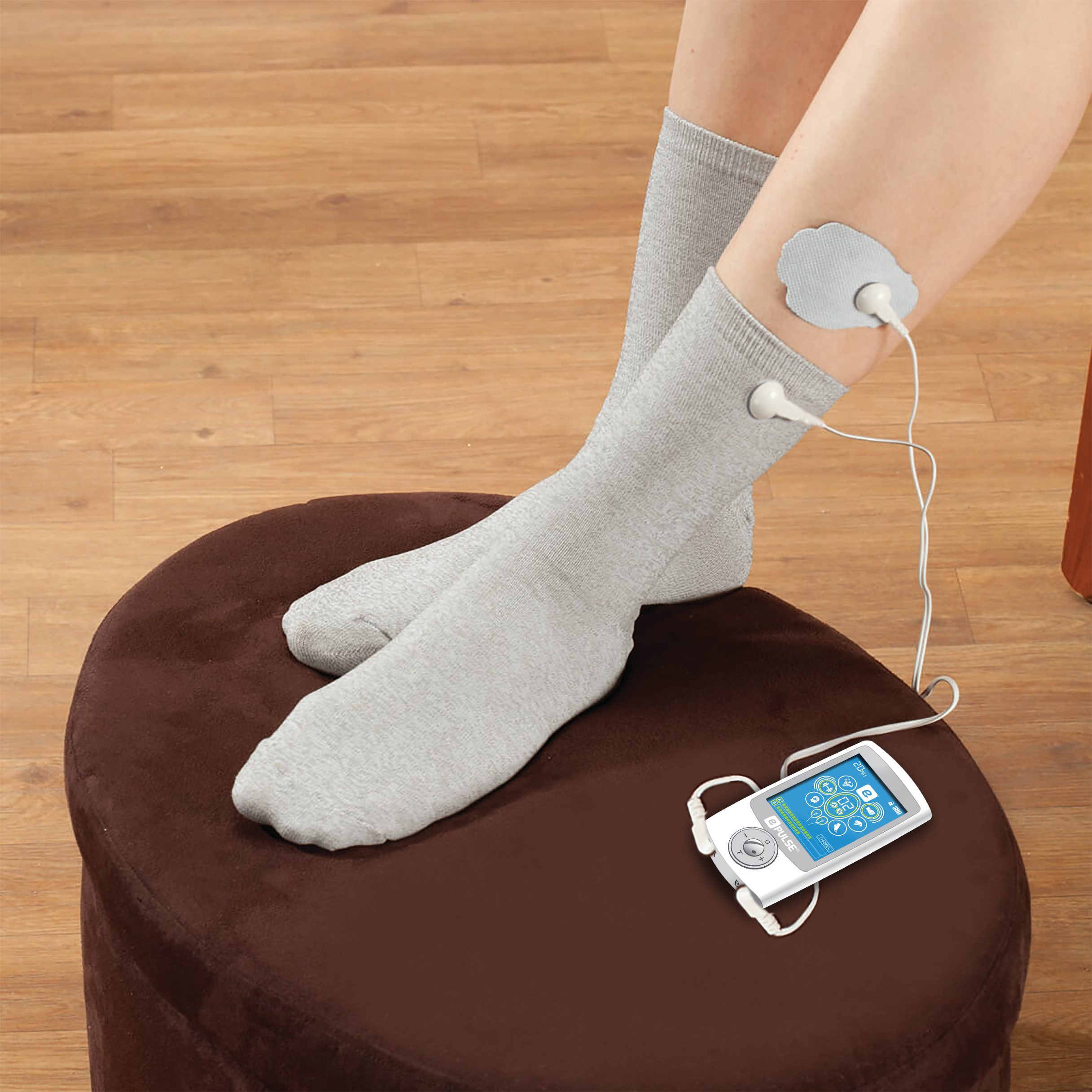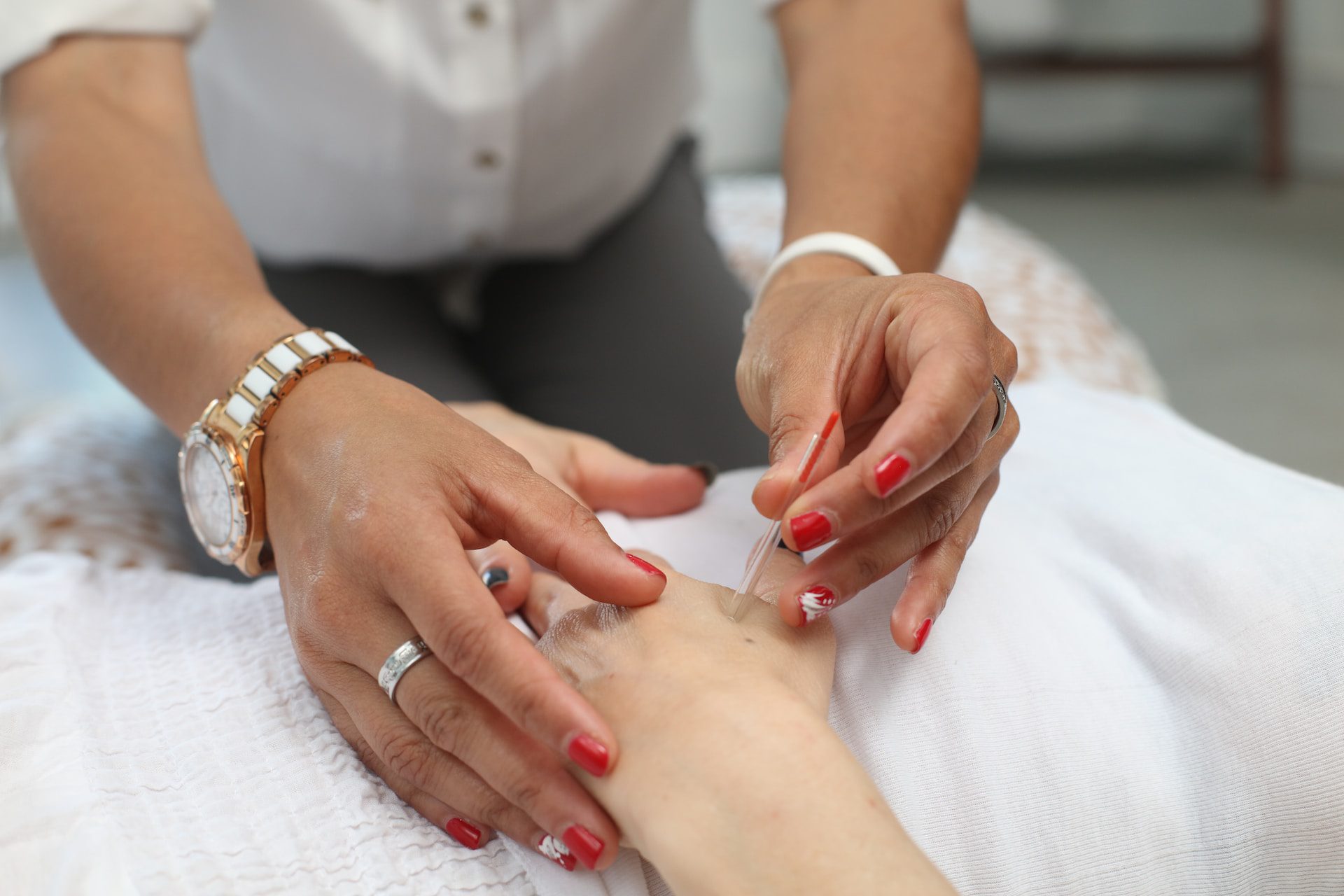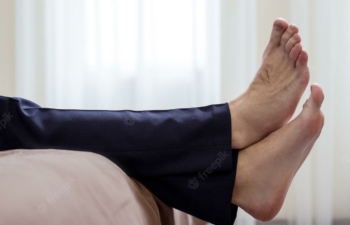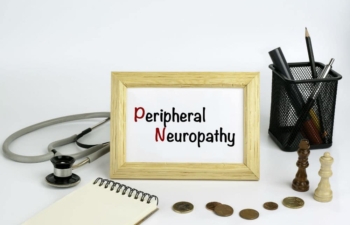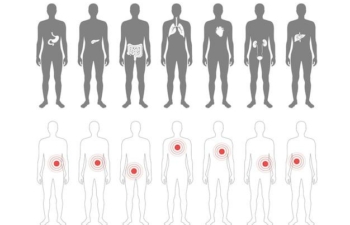Neuropathy, a nerve-damaging condition that affects the peripheral nervous system, is prevalent in many people. It can manifest as a result of diabetes, vitamin deficiencies, autoimmune disorders, or other underlying health problems. The symptoms of neuropathy include pain, tingling, numbness, and burning sensations in the extremities such as the hands and feet. These symptoms can be quite overwhelming and uncomfortable, affecting the daily lives and well-being of those who suffer from this condition.
Various treatment options are available for neuropathy, ranging from medications, physical therapy, and lifestyle changes to alternative methods like acupuncture and nutritional supplements. One such innovative treatment option that has grown in popularity is the use of electrotherapy through pain relief gloves and socks. These wearable devices target the affected areas with gentle electrical stimulation to alleviate discomfort and improve overall well-being.
In this article, we aim to explore electrotherapy's role in neuropathy treatment, with a specific focus on the benefits and effectiveness of pain relief gloves and socks. We will offer insights into how these products work and the science behind their therapeutic action. Additionally, we will discuss potential side effects, precautions to take, and essential factors to consider when selecting the right electrotherapy product to suit your individual needs. Our goal is to provide informative, helpful, and practical advice on this emerging treatment method for neuropathy to help you decide if it is the right option for you.
How Electrotherapy Gloves and Socks Work
Electrotherapy gloves and socks are specially designed wearable devices that employ mild electrical impulses to stimulate nerves and muscles in the hands and feet. These devices are typically made of soft, conductive materials that ensure comfort and efficient delivery of electrical stimulation to the target areas. The primary goal of electrotherapy is to help alleviate pain, improve circulation, and promote the healing process for individuals suffering from neuropathy symptoms. The technologies used in these products mainly include Transcutaneous Electrical Nerve Stimulation (TENS), Electrical Muscle Stimulation (EMS), and Percutaneous Electrical Nerve Stimulation (PENS).
Each of these electrotherapy methods serves specific purposes and targets different aspects of neuropathy treatment:
- TENS: This non-invasive technique focuses on pain relief by using electrical pulses to stimulate the nerves through the skin. By doing so, it blocks pain signals from reaching the brain and encourages the production of natural pain-relieving chemicals called endorphins. TENS is a widely used and popular method for chronic pain management and neuropathy treatment.
- EMS: Also known as neuromuscular electrical stimulation (NMES), EMS aims to strengthen and rehabilitate muscles by eliciting muscle contractions using electrical impulses. This process helps improve blood circulation, enhances muscle function, and promotes overall well-being for individuals with peripheral neuropathy.
- PENS: PENS therapy is similar to TENS but involves the insertion of small needles into the skin at specific points. These needles deliver electrical stimulation directly to the nerves, which can result in improved therapeutic effectiveness due to more accurate targeting of the affected areas. PENS therapy is often a more potent alternative for individuals with severe neuropathy symptoms who have not responded well to standard TENS treatment.
By considering the unique needs and conditions of each neuropathy patient, healthcare professionals can determine which electrotherapy method would be most effective. It is crucial, however, to always consult a medical professional before starting any new treatment, especially if the patient has pre-existing conditions or uses medical devices. Once the appropriate therapy is selected, electrotherapy gloves and socks can be an invaluable tool in managing neuropathy symptoms and improving the patients' overall quality of life.
The Benefits of Electrotherapy for Neuropathy
Electrotherapy pain relief gloves and socks have gained considerable attention as alternative or complementary treatments for neuropathy. They offer several potential benefits to neuropathy sufferers, all of which contribute to improved overall quality of life and daily functioning.
Some of the key benefits associated with electrotherapy for neuropathy include:
- Pain relief: The primary advantage of electrotherapy is its ability to substantially reduce or alleviate pain associated with neuropathy. The electrical stimulation provided by gloves and socks encourages the production of endorphins, the body's natural painkillers, and blocks pain signals from reaching the brain. As a result, individuals experience reduced pain levels, helping them better cope with the discomfort that neuropathy brings.
- Improved circulation: Blood circulation is crucial for overall health, particularly in the extremities, where neuropathy primarily affects individuals. Electrotherapy, specifically EMS, stimulates muscle contractions, which can lead to increased blood flow in the treated areas. This improved circulation can help combat numbness, tingling, and cold sensations often experienced by neuropathy sufferers and provide a sense of relief and comfort.
- Reduced inflammation: In some cases, neuropathy is associated with localized inflammation due to nerve irritation or compression. Electrotherapy promotes healthy blood flow, which can consequently help decrease inflammation in the affected areas. Reduced inflammation can aid the healing process and provide long-term benefits to those coping with neuropathy symptoms.
- Muscle strengthening and rehabilitation: Electrotherapy, particularly through EMS, helps improve muscle function by encouraging contractions and promoting muscle growth. This can lead to increased mobility, stability, and strength in affected areas, further enhancing neuropathy sufferers' overall well-being and ability to perform daily tasks.
- Convenience and ease of use: Electrotherapy gloves and socks are non-invasive, user-friendly, and can be comfortably worn at home or on-the-go. They allow individuals to incorporate treatment into their daily routines without disrupting their lives, making it a convenient option for those seeking relief from neuropathy symptoms.
It is important to remember that electrotherapy should be considered a part of a comprehensive neuropathy management plan rather than a stand-alone solution. Combining electrotherapy with other treatments such as medication, physical therapy, and lifestyle changes can lead to more significant improvements and lasting relief for those dealing with neuropathy. Once again, consulting with healthcare professionals is essential to determine the best course of action in managing neuropathy symptoms effectively and safely.
Choosing the Right Electrotherapy Product and Precautions to Consider
When selecting the appropriate electrotherapy gloves or socks, it is essential to consider factors such as your specific needs, preferences, and existing medical conditions. Here are some key aspects to keep in mind:
- Type of electrotherapy: As mentioned in Chapter 2, various electrotherapy methods can be employed for neuropathy treatment. Consult with your healthcare professional to determine which method – TENS, EMS, or PENS – is most suitable for addressing your symptoms.
- Product quality and functionality: Ensure that the gloves or socks you choose are made from high-quality, comfortable materials and offer adjustable settings for intensity, frequency, and duration of electrical stimulation. This customization will allow you to tailor the therapy to your specific needs and comfort level.
- Reputable manufacturers: Purchase electrotherapy devices from manufacturers with a solid reputation and good reviews to guarantee the effectiveness and safety of their products.
It is crucial to be aware of potential precautions and contraindications associated with electrotherapy:
- Do not use electrotherapy devices if you have a pacemaker or implanted defibrillator, as electrical stimulation may interfere with their function.
- Pregnant women should consult their healthcare providers before using electrotherapy devices as electrical stimulation may pose risks to the fetus.
- Avoid placing the electrodes on sensitive areas or open wounds, as this can cause discomfort or further irritation.
It is vital to involve healthcare professionals throughout your neuropathy treatment journey schedule an appointment, ensuring that the chosen electrotherapy method is safe and effective for your specific needs. Remember, consistent and accurate use of electrotherapy, alongside other recommended treatments, paves the way to significant progress in overcoming neuropathy symptoms.
Electrotherapy as a Complementary Treatment for Neuropathy
Incorporating electrotherapy gloves and socks as part of a comprehensive strategy for managing neuropathy symptoms can be highly beneficial. It is crucial, however, to combine electrotherapy with other treatments to achieve the best results. Some of these complementary treatments include:
- Medications: Over-the-counter pain relievers, as well as prescription medications such as anticonvulsants, antidepressants, and topical treatments can help alleviate neuropathy symptoms. These medications, when used in conjunction with electrotherapy, can create a well-rounded approach to pain management. Find medications to treat nerve pain.
- Physical therapy: Exercises targeting the affected areas can improve strength, flexibility, and coordination, offering support to electrotherapy treatments. A physical therapist can design an individualized exercise regimen to address specific challenges related to neuropathy. Find a physical therapist.
- Alternative therapies: Acupuncture, chiropractic care, and massage therapy can help to complement electrotherapy and provide further relief from neuropathy symptoms. These therapies aim to improve circulation, muscle health and relaxation, and overall well-being. Find alternative therapies for neuropathy.
It is essential to maintain open communication with healthcare providers to ensure a successful and well-rounded neuropathy treatment plan. Combining electrotherapy with these other treatments can help optimize outcomes and improve overall quality of life for individuals coping with neuropathy symptoms.
The Importance of Tracking Progress and Adjusting Treatments
Monitoring the efficacy of electrotherapy for neuropathy is crucial for adjusting treatment plans to better address individual needs. Keeping a pain journal can help track progress over time and provide valuable insights. Patients should schedule regular consultations with healthcare professionals to discuss any changes in symptoms, new challenges, or available alternative treatments.
To maintain a targeted and efficient treatment regimen, individuals should combine electrotherapy with other treatments, follow healthcare professional's advice, and self-monitor—ensuring maximum relief and improved quality of life.
Conclusion
Electrotherapy, when combined with other treatments, can play a significant role in providing relief for neuropathy symptoms. By selecting the right electrotherapy devices, following safety precautions, and evaluating progress consistently, improved quality of life is within reach. Always consult healthcare professionals before embarking on any treatment plan to ensure safety and effectiveness.
FAQs
- What is electrotherapy and how does it help with neuropathy?Electrotherapy is a non-invasive treatment method that uses electrical stimulation to relax muscles, reduce pain, and promote healing. It can be helpful in managing neuropathy symptoms by targeting the affected nerves, improving circulation, and providing relief from pain, tingling, and numbness.
- What are the different types of electrotherapy used for neuropathy?Three main electrotherapy methods used for neuropathy are Transcutaneous Electrical Nerve Stimulation (TENS), Electrical Muscle Stimulation (EMS), and Percutaneous Electrical Nerve Stimulation (PENS). They differ in terms of the electrical currents and targeted areas, but all aim to alleviate neuropathy symptoms.
- Are electrotherapy gloves and socks safe to use?Electrotherapy gloves and socks are generally safe to use when following the manufacturer's guidelines and recommendations from healthcare professionals. However, be cautious if you have a pacemaker or implanted defibrillator, and pregnant women should consult their healthcare providers before using electrotherapy devices.
- Can I use electrotherapy gloves and socks at home?Yes, electrotherapy gloves and socks are designed for home use but must be used according to the manufacturer's instructions and the advice of healthcare professionals.
- Should I use electrotherapy alone for my neuropathy treatment?Electrotherapy is most effective when used as part of a comprehensive treatment plan that combines other modalities such as medications, physical therapy, and alternative therapies. Consult your healthcare provider to determine the best combination of treatments for your specific needs.


